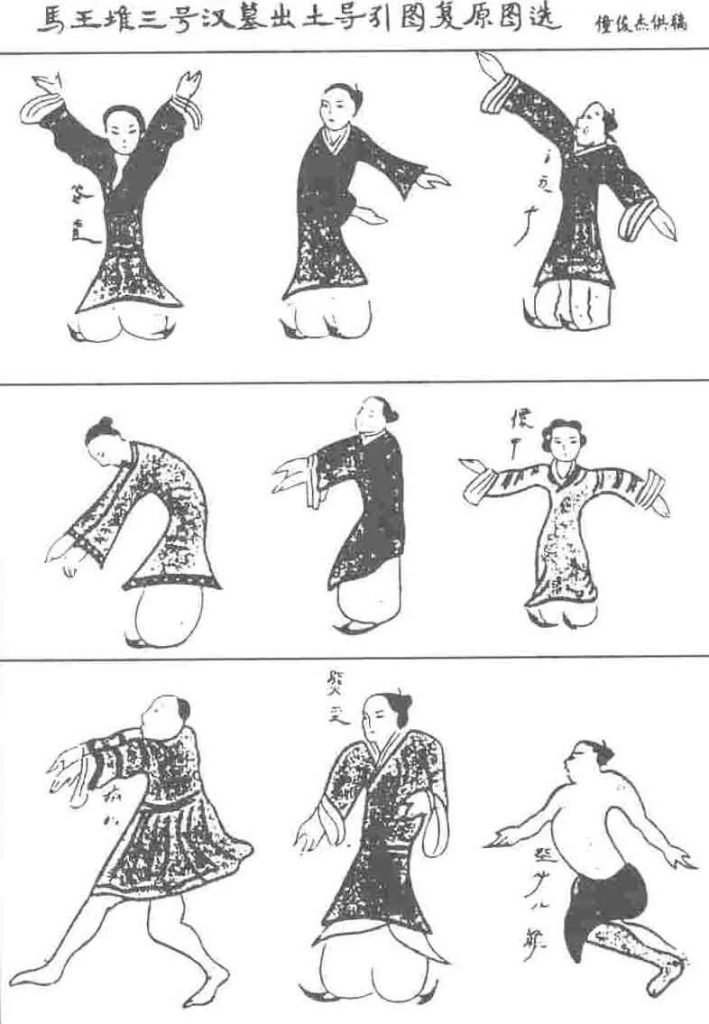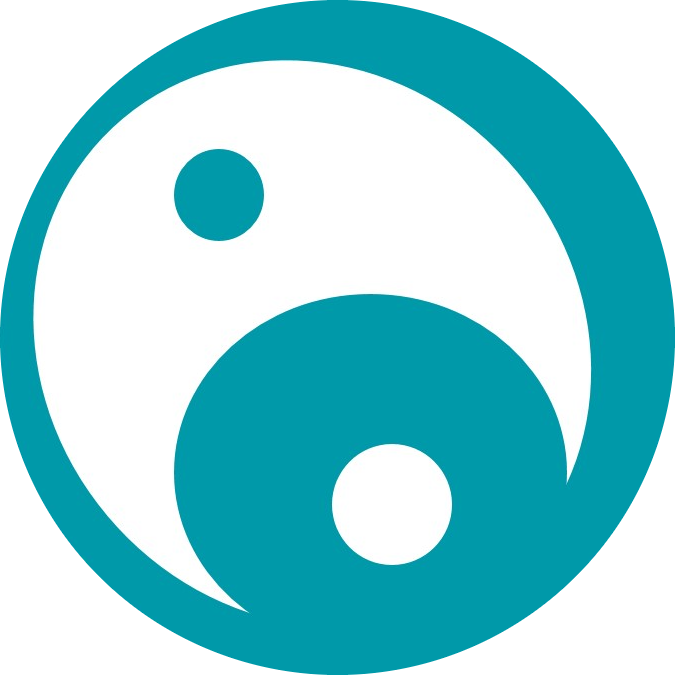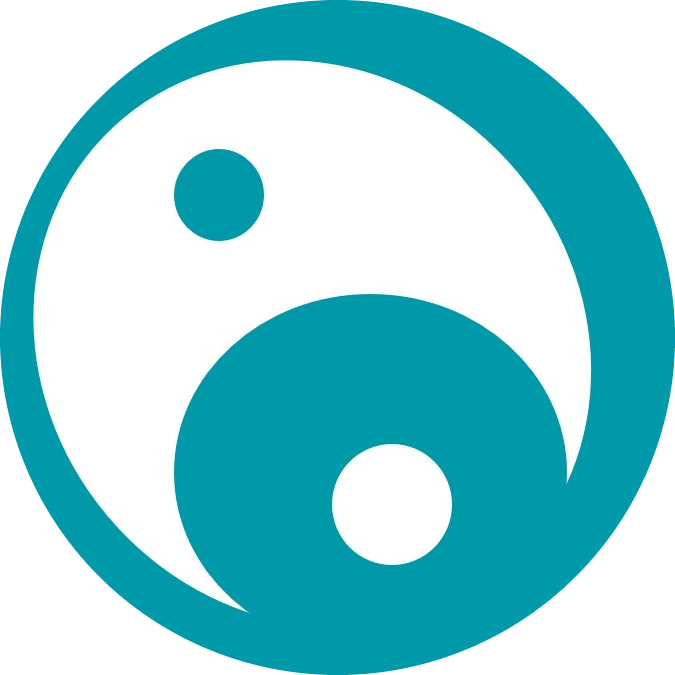What is Chi Kung (Qi Gong)?
The word Kung (Gong), whose chinese character is 功,you can represent the work of tilling the land with a plough all day. Hence it is given the meaning of “effort, hard work”. Finally, the expression of Chi Kung (Qi Gong) could be translated as “practice that wants to restore the balance of vital energy after a laborious job”.
Source

Chi Kung (or qigong) is a practice originating in China that includes a great diversity of techniques, some of them ancient, that make up attitudes psycho-emotional with the movement of the body and the breath to cultivate the energy and circulation of a proper and harmonious within our body. These arts have been known by many names throughout chinese history, some of which are still used today to describe specific practices within the Chikung: Tu Gu Na Xin (expel the energy used and absorb new), Xingqi (mobilize the Qi), Yangsheng (nutrition of the vital force), Neigong (inner realization) or more commonly Daoyin (leading and guiding energy). The term Chikung is actually quite recent, mentioning for the first time in a text dating from the Ming dynasty (1368-1644), although it was not used in its specialized sense current ("the art of the cultivation of Qi") to the s. XlX
Foundations
In the traditional chinese medicine there are internal energy channels called meridian, and as analogy may visualize s network of irrigation of a garden, formed by pipes that we don't see –because they are buried – but which are of vital importance to maintain the fertile, healthy, and beautiful garden. Continuing with the analogy, practice of Chi Kung is intended to keep that 'pipes network' in good condition, elastic, with the proper curvature and without unnecessary tension that could decrease and obstruct the flow of water. That's why the right attitude to keep whilst we are practicing Chikung is “opened, relaxed, natural.”
Applications of Chikung
Chikung exercises are aimed to cultivate, same in practice of Taichi , the different aspects of the person: body, mind, attitude, and emotions in a full and balanced way. In addition, aiming practice to specific aspects allows to strengthen the capacities of the person, as for example martial skills, professional performance or the ability to restore imbalances, physical, psychological and emotional, or prevent even get reverse to health problems.
His practice is conducive to states of calm, generates well-being and leads to meditation, so it is also used as a practice for spiritual development. In addition to the exercise by its characteristic smoothness and precision in the execution, are suitable for people of advanced age or physical problems that prevent them from power to perform other types of practices.
Learn Chikung
The practical purpose of Chi Kung is to learn to harmoniously synchronize body, mind (heart) and breathing. It is a gymnastics (or work) to develop vital energy and an art to circulate vital energy in the most appropriate way. This is achieved by starting with relaxation, which will allow the channels or meridians through which our vital energy circulates to open, allowing it to flow correctly.
In the practice of Chikung there are both static exercises like in motion. In any of both, it is very important to be well-rooted, that is to say with our bodies in a stable position, aligned and in contact with the ground. There are many simple exercises through which we can start, and carried out properly, regularly, can have a positive impact on our life. However, in order to deepen it is recommended the guidance of someone experienced in the basics of the practice and that can show us the mistakes that lead to the stagnation in the learning or injury.



